
By Yang Xiangfeng
The Promises and Perils of the San Francisco Summit
Can the US Meet China Halfway?
There is no overstating the current tension between Beijing and Washington. Since assuming power in January 2021, the Biden team has doubled down on the Trump administration’s attempts to limit China’s access to advanced technologies, particularly top-line semiconductors, while ring-fencing China with enhanced security alliances and partnerships from the Korean Peninsula to the Himalayas. Most concerning of all, the American side has spared no effort in arming the DPP regime in Taiwan to the teeth in preparation for a contingency.
But the Biden officials are eager to engage in dialogue. Their rationale, as stated in 2019 by National Security Adviser Jake Sullivan and soon-to-be Deputy Secretary of State Kurt Campbell, is to engage in “competition without catastrophe” with China. Integral to this dual strategy is the aim to erect some “guardrails” and “set a floor” for the bilateral relationship, while pushing ahead with a “whole of state” approach targeting Chinese interests and entities. To that end, the American side has consistently expressed a desire to keep lines of communication open. Indeed, many senior American officials have visited Beijing since the summer.
By all accounts, holding the summit is both instrumental for and reflective of a manageable great power competition. For his part, Biden expressed a desire to converse with President Xi as early as the balloon incident in the spring. He appears to think that communication at the highest level alone may clear misunderstandings and ease tensions—without the US having to moderate its unfriendly behavior toward China.
By welcoming American dignitaries, including Senate Majority Leader Chuck Schumer and California Governor Gavin Newsom, the Chinese side has shown sincere goodwill in efforts to stabilize and improve the relationship. Following these meetings, consultation and dialogue between the ministries of foreign affairs, finance, and agriculture, as well as the central bank and their American counterparts, have either been restored or established. Chinese companies have started purchasing large quantities of American farm goods again. On the security side, China invited an American military delegation to the Xiangshan Forum in October and sent senior diplomats to Washington to engage in nuclear arms control talks, something that has been on the wish list of the US for years.
All of the above actions have paved the way for the summit. More agreements are likely to be reached in San Francisco. With the potential return of Donald Trump in 2025, there is an added sense of urgency, certainly from the Chinese side, to solidify some agreements as the world braces for more turbulence in 2024. To put the relationship on a surer footing, the US must take more concrete steps to build trust and ease tensions.
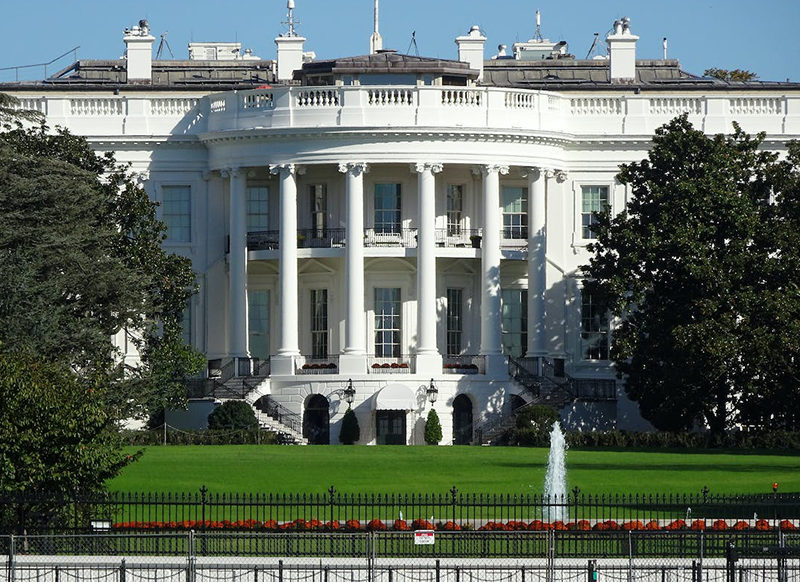
Has America Lost the APEC Way?
Withdrawing from the Trans-Pacific Partnership (TPP) was Trump’s first order of business as president. Since then, Washington’s Asia strategy has been in the throes of a military-first approach that has, in effect, turned the region into a powder keg. To the extent that the Biden administration has tried to add some economic elements into the policy mix by unveiling the Indo-Pacific Economic Framework for Prosperity (IPEF) more than a year ago, there has not been much worth celebrating. Just as the administration scrambles to finalize the first formal agreement in time for the signing at the APEC summit, it is facing a backlash from within its party for fear that Trump would seize it as an electoral advantage.
For all the lofty goals, the IPEF puts a premium on social goals, such as labor standards and environmental protection, and does little to liberalize trade and investment. It can be argued that the Biden and Trump administrations have done more to restrict trade than to facilitate it. Yet at the APEC summit last year in Thailand, which Biden failed to attend, the host unveiled the concept of a Free Trade Area of the Asia Pacific (FTAAP).
Which San Fransisco Vision Will Emerge?
Trade is obviously not the only item on the agenda at the APEC summit, especially when the Chinese and American leaders meet. The conflagrations in the Middle East and Ukraine serve as poignant reminders of the fragility of the current international order, and why the two superpowers should work together to maintain world peace and stability. While not a party to either of these conflicts, China nonetheless has good relationships with some key players. The US is keen to persuade China to leverage these relationships one way or another.



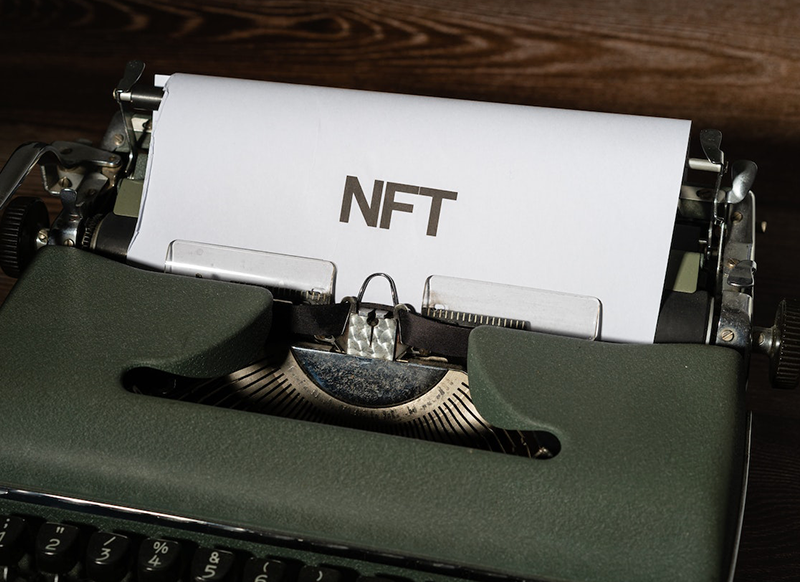
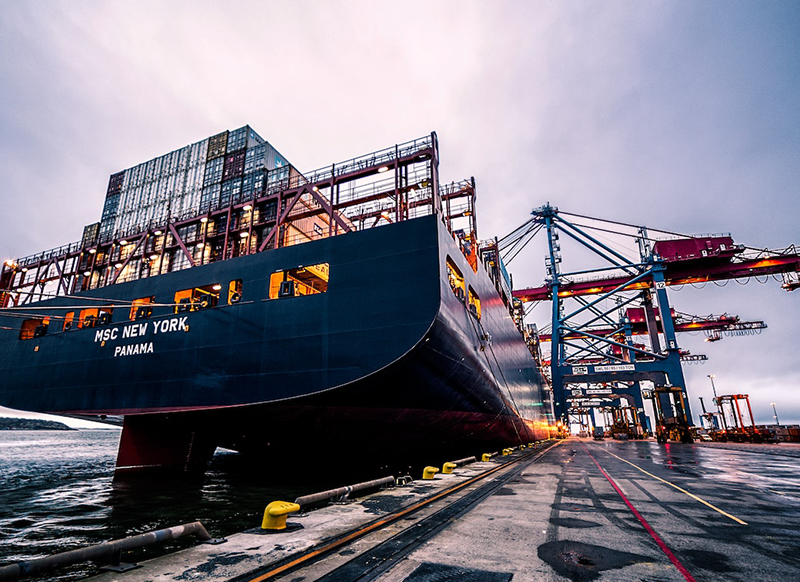
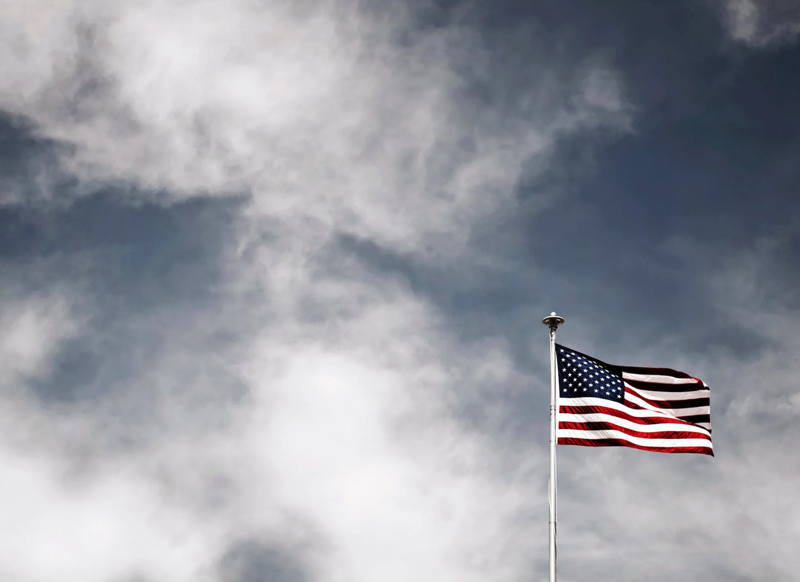
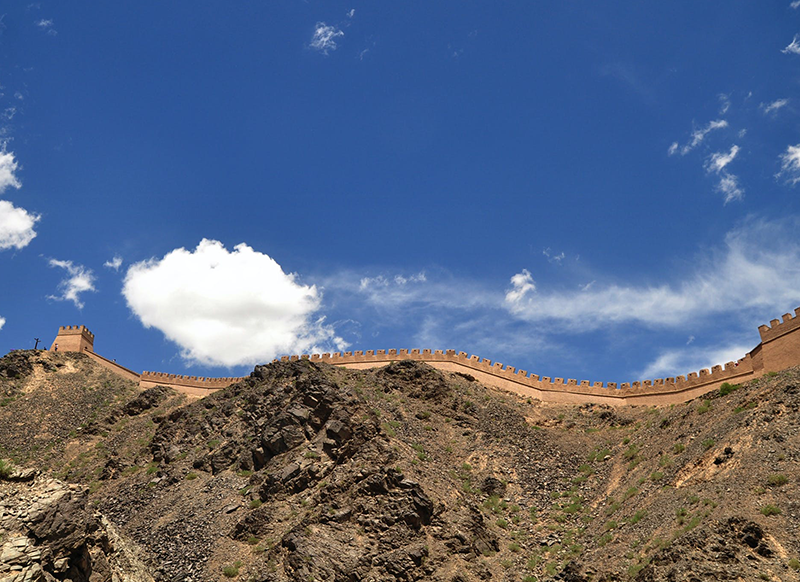
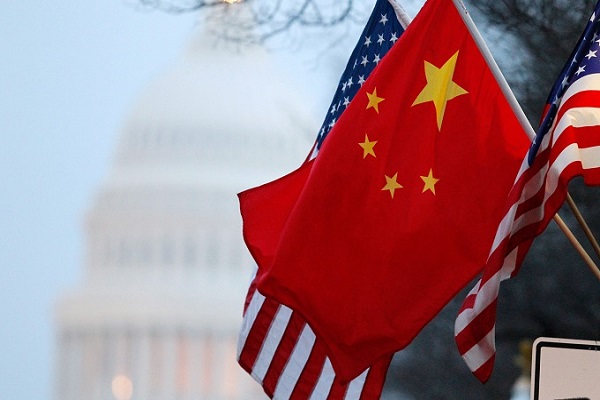
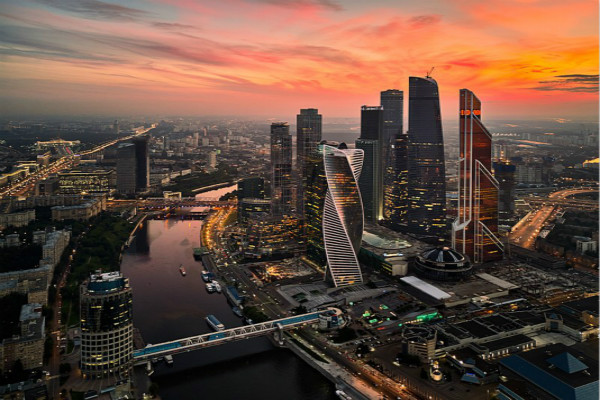
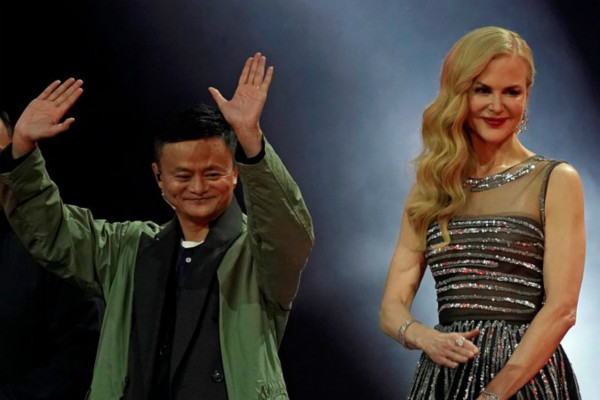
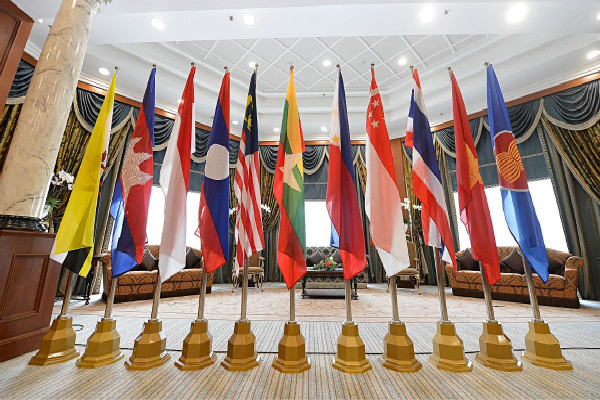
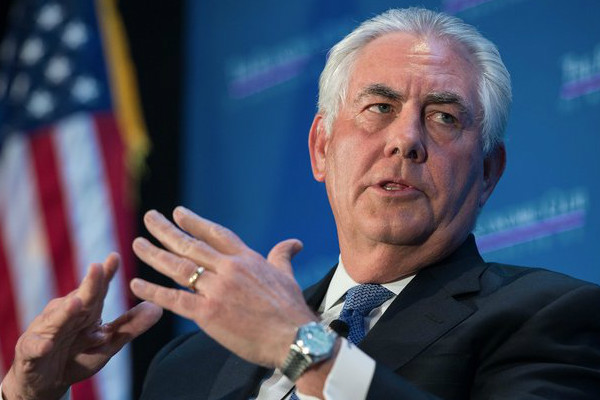
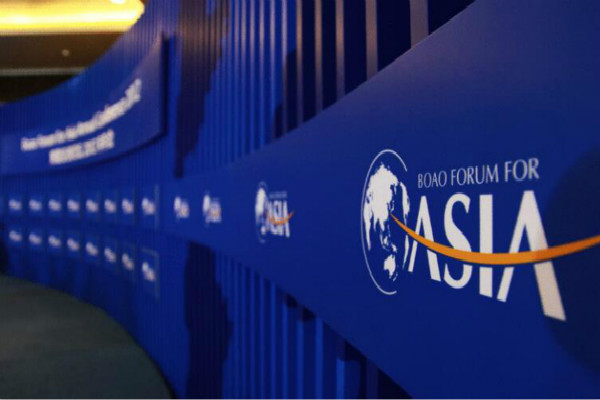

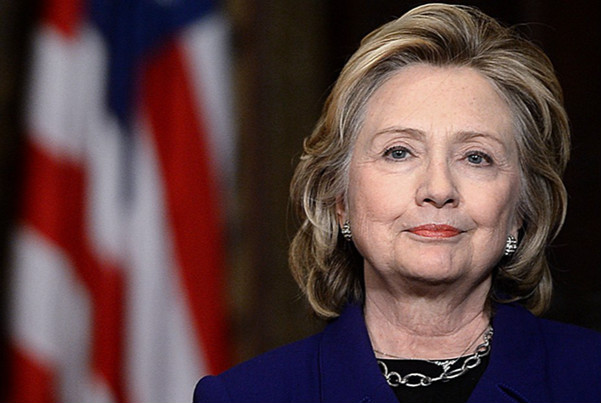
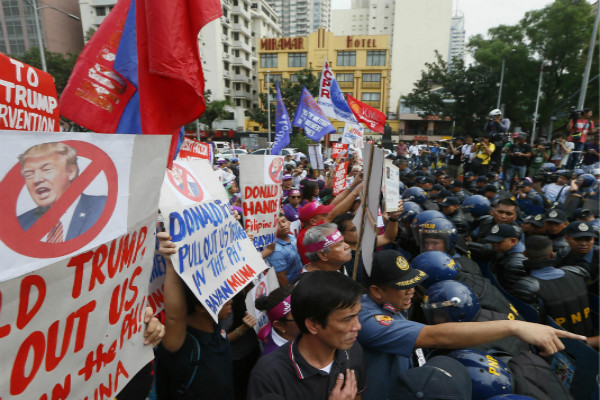


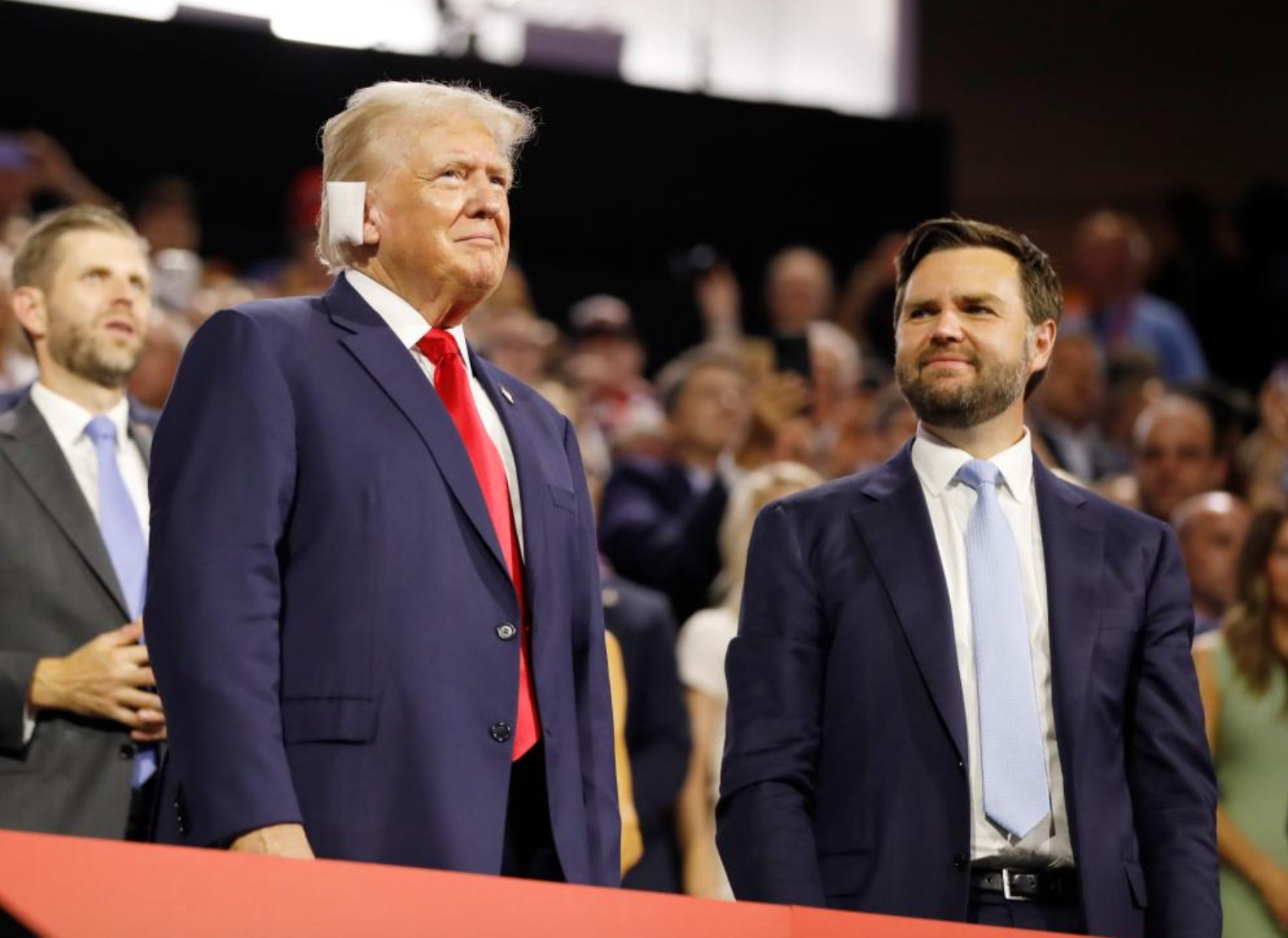
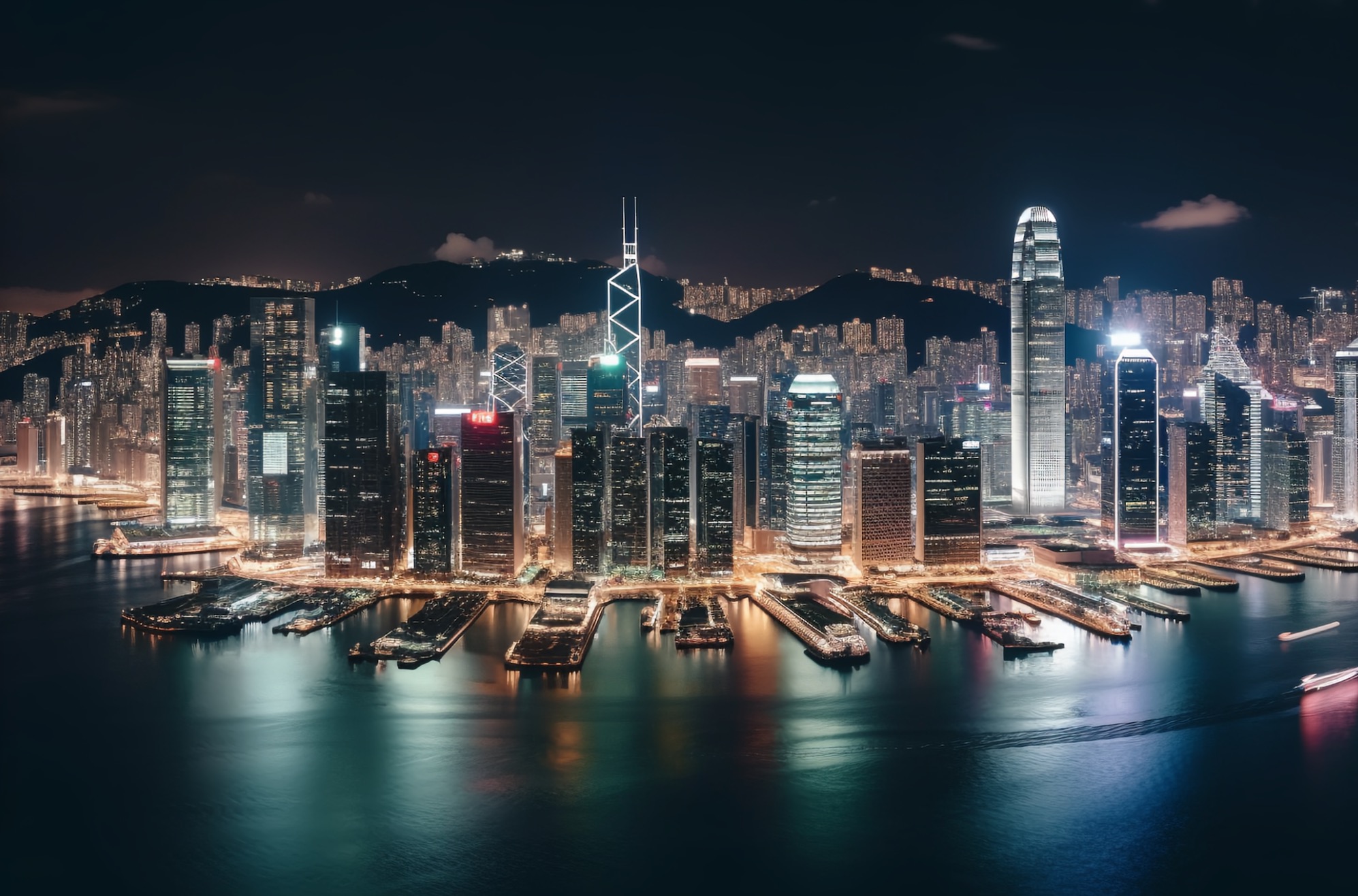
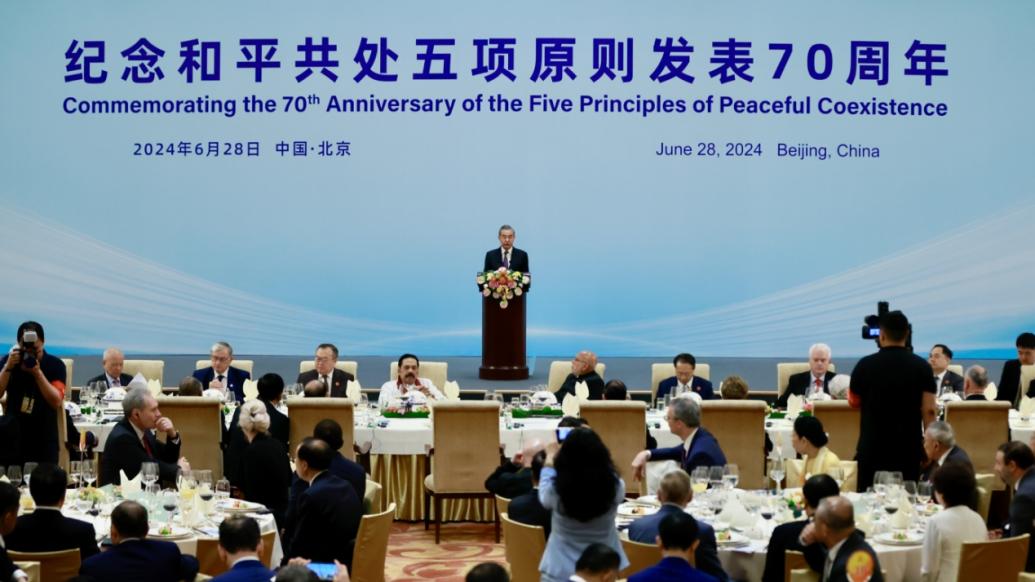

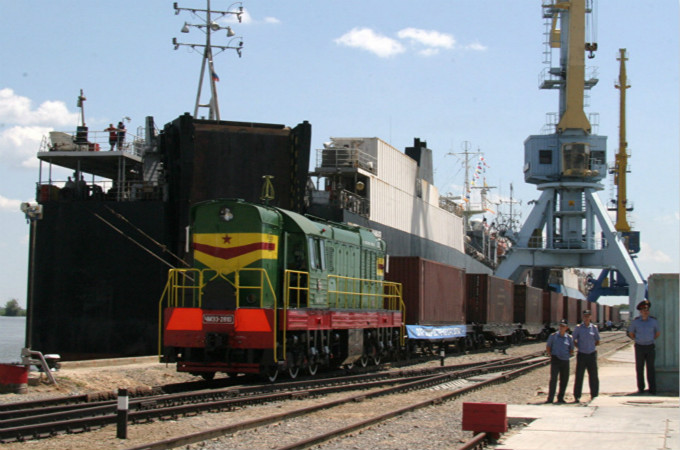
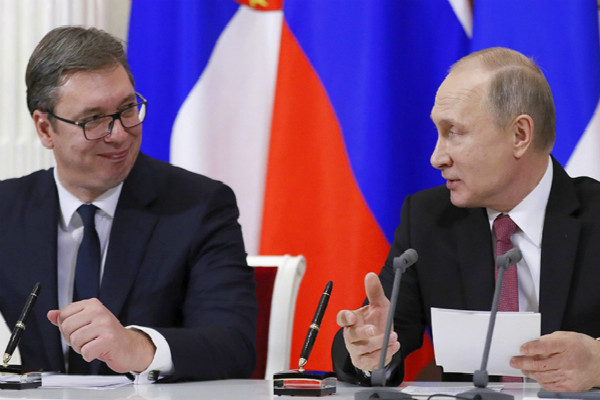
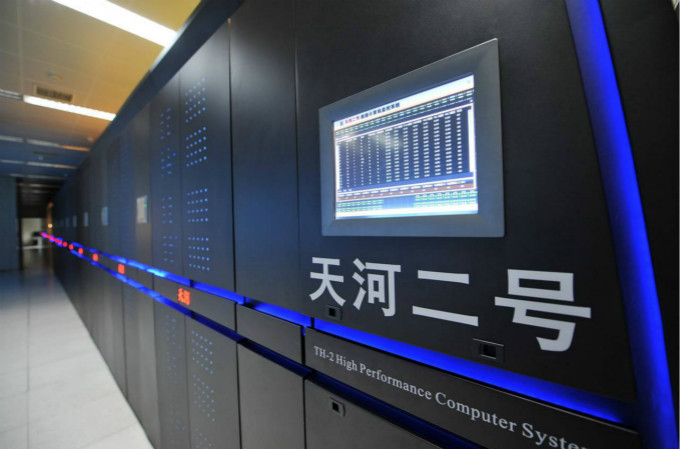
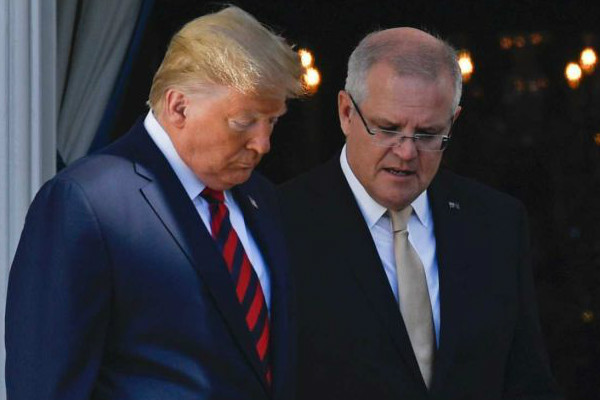
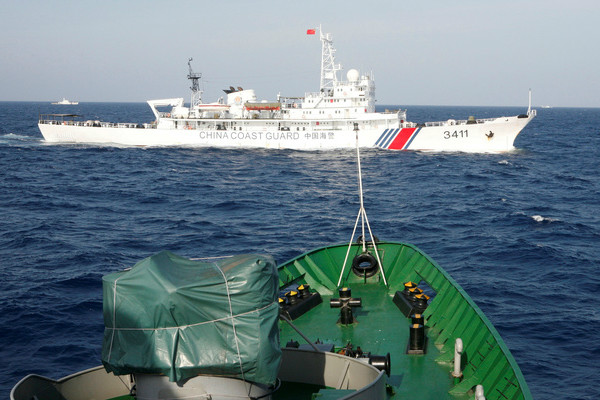

Leave a Reply
Your email address will not be published. Required fields are marked *